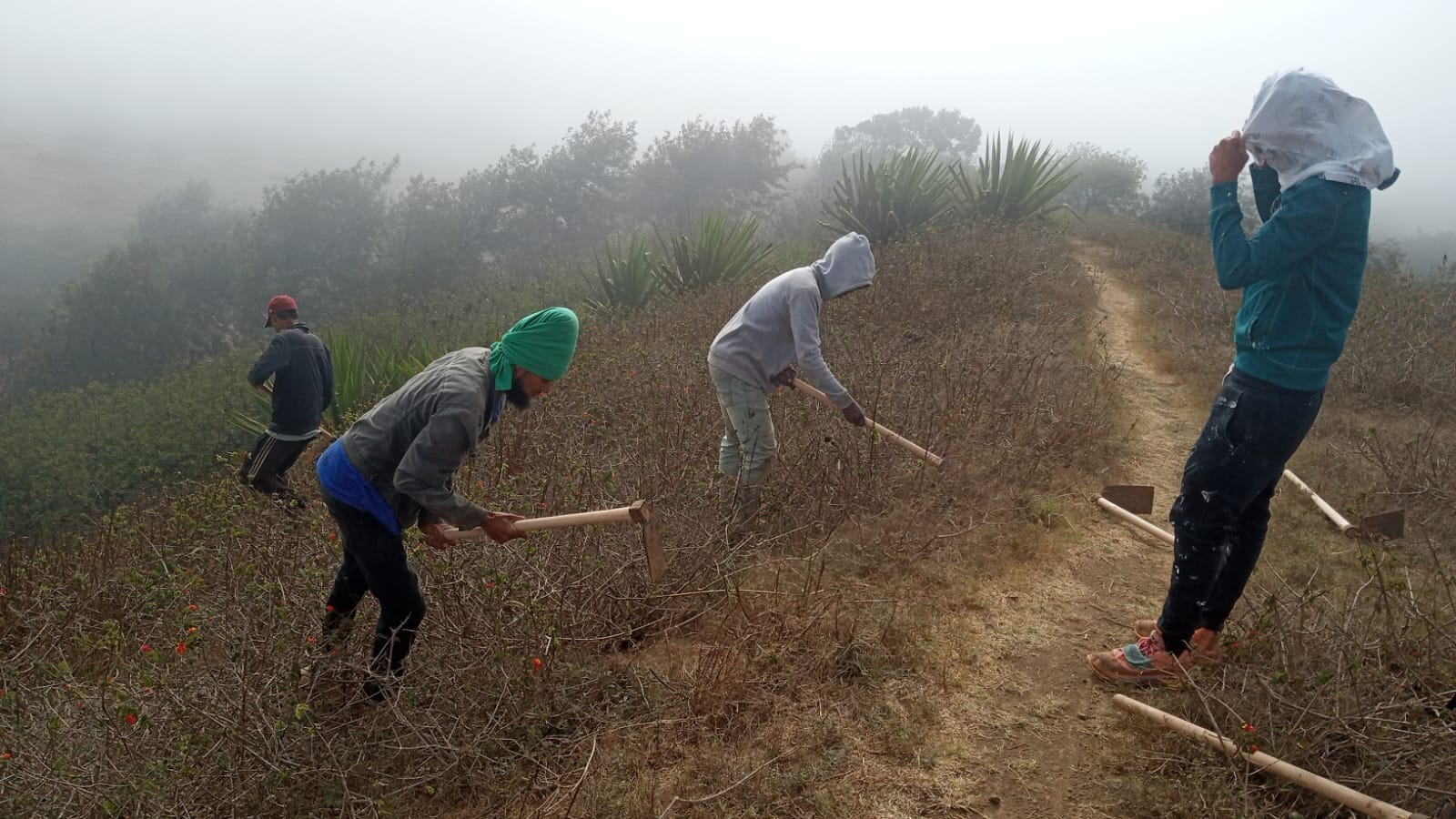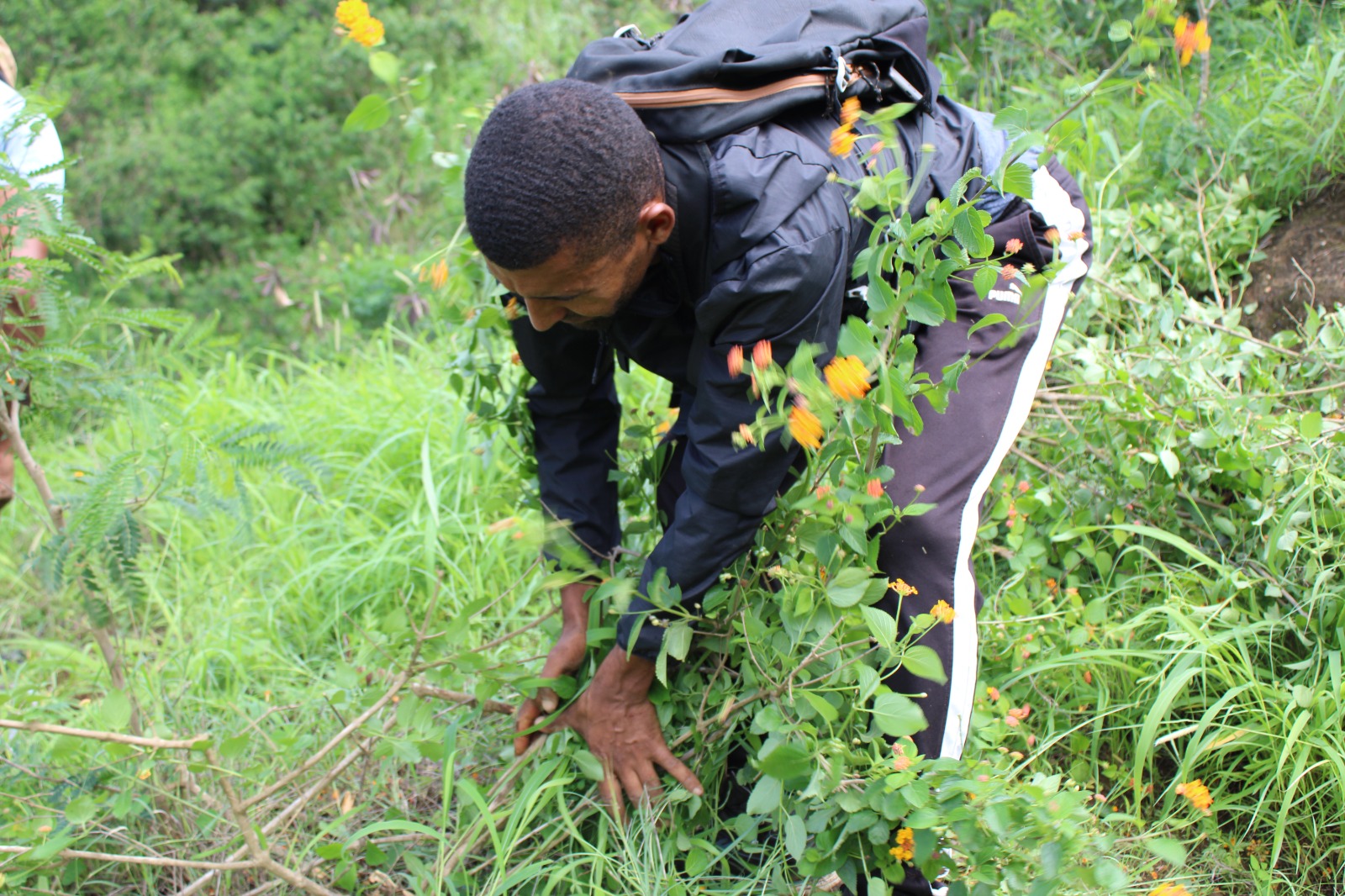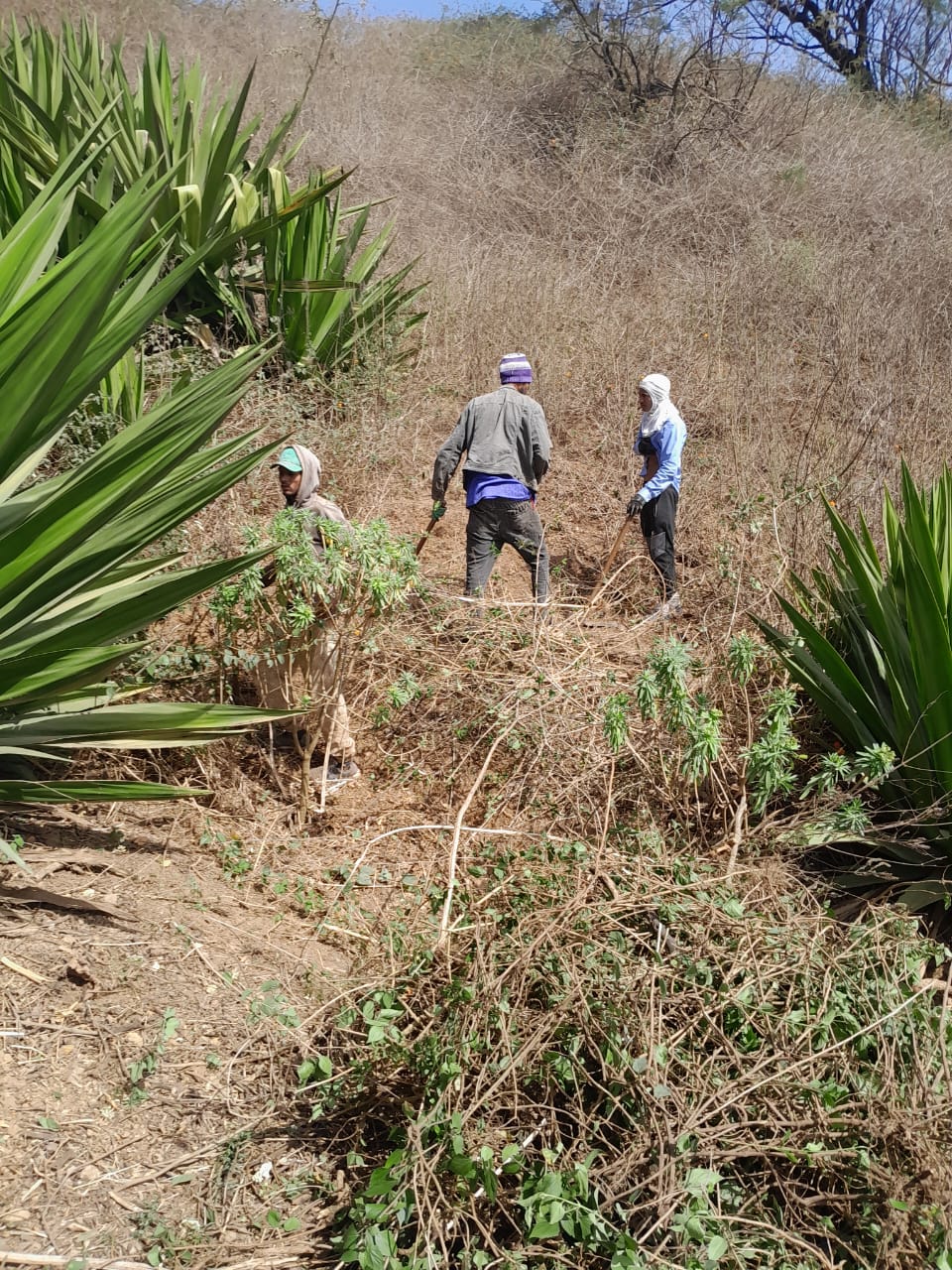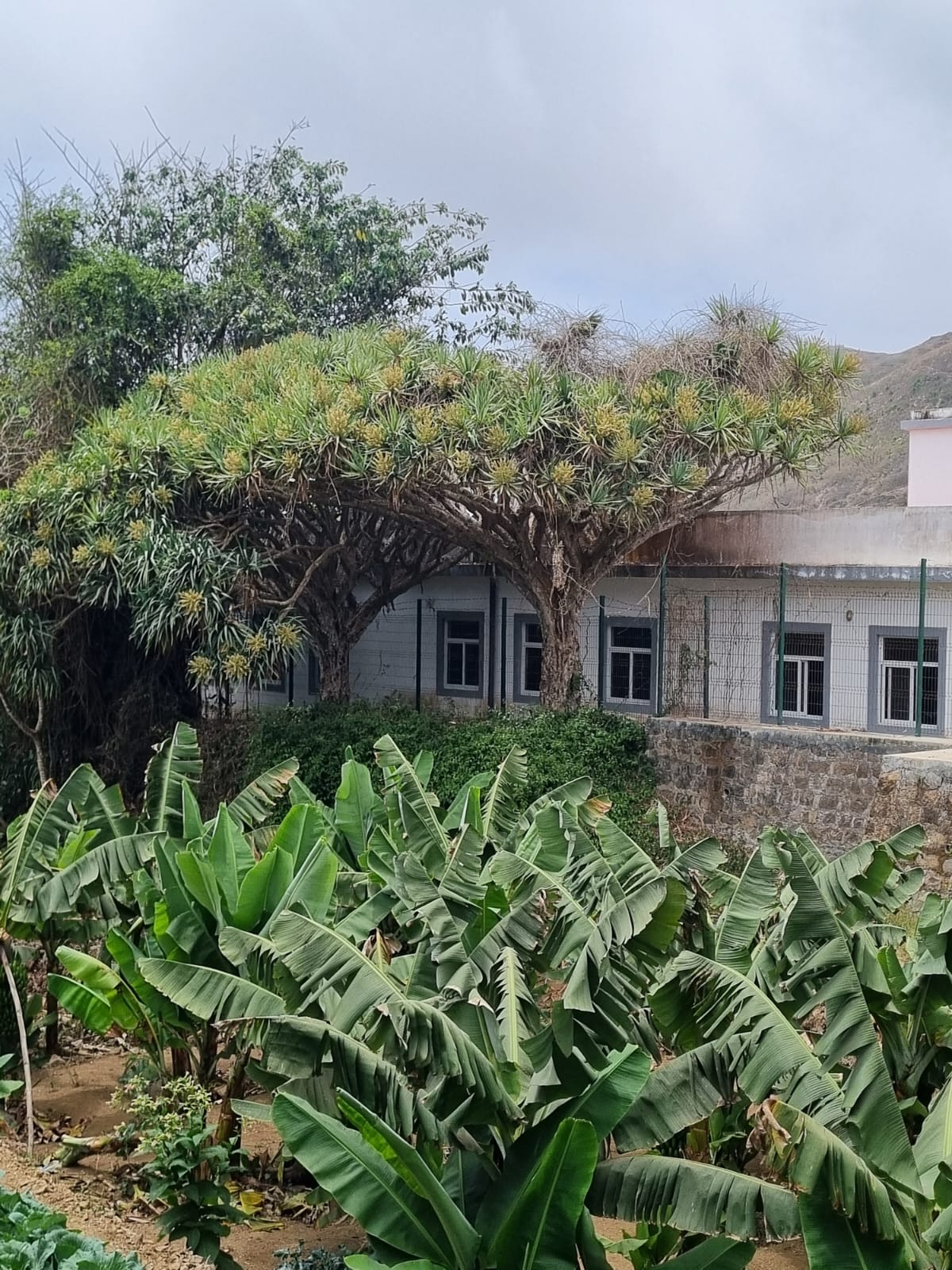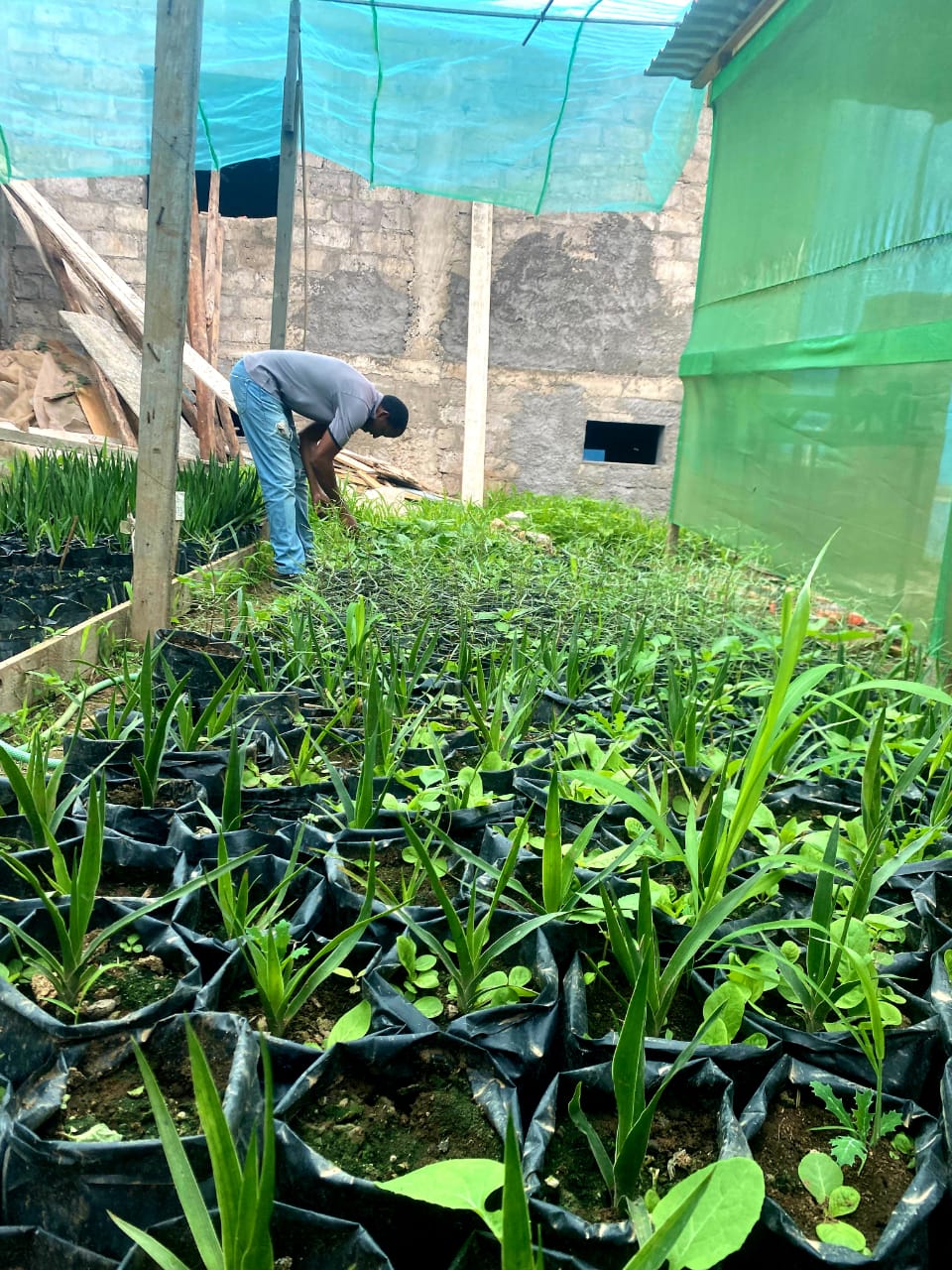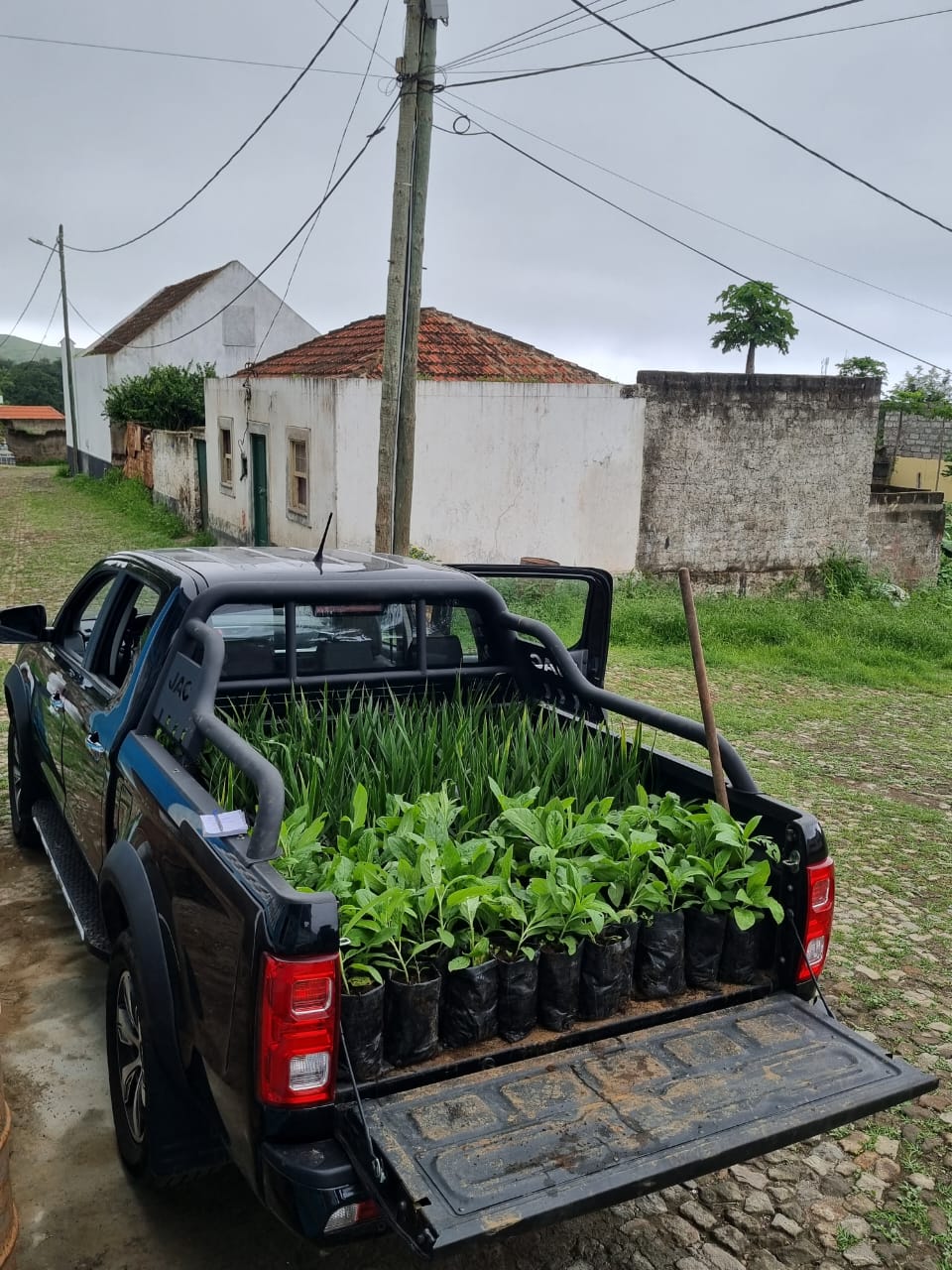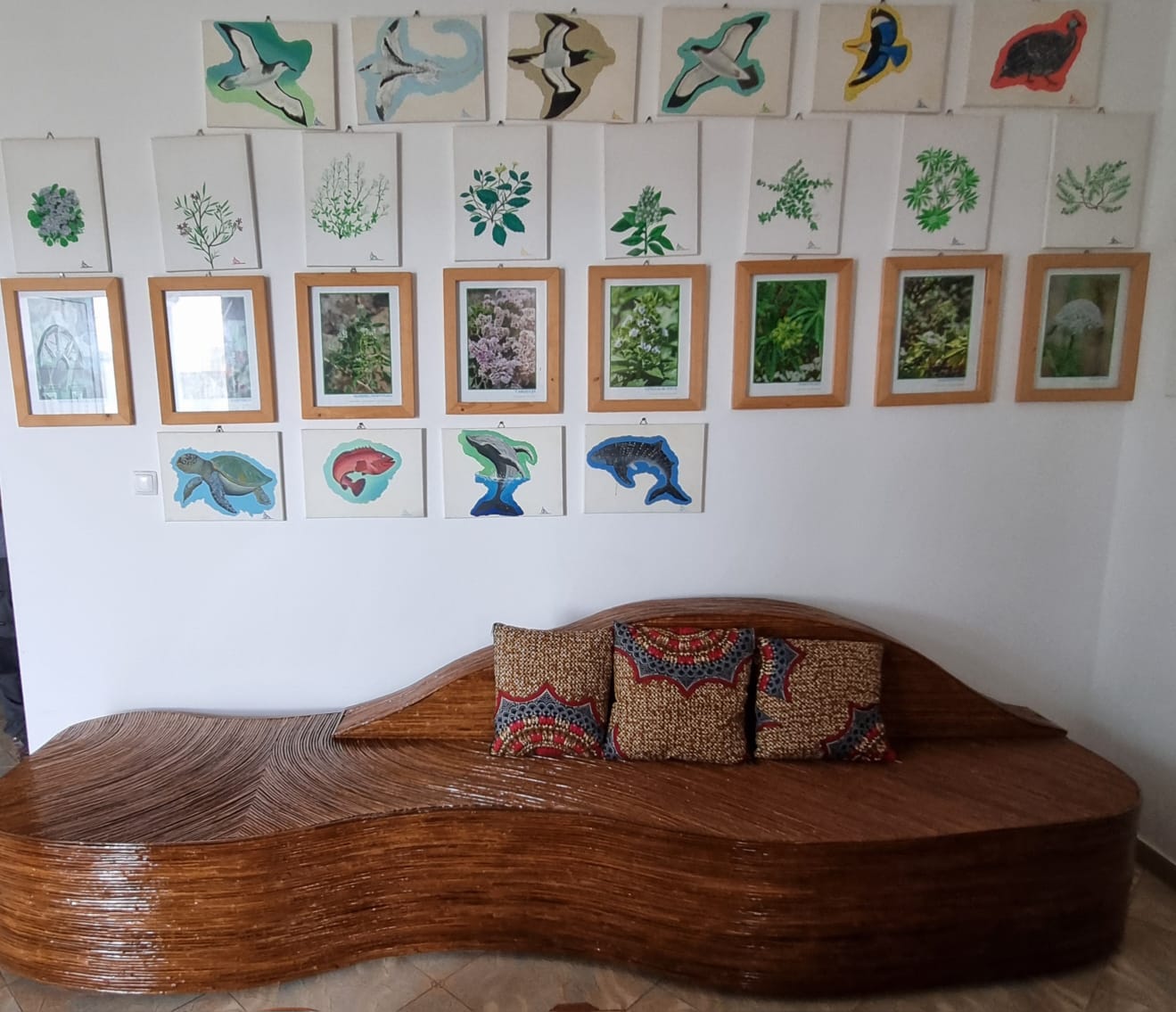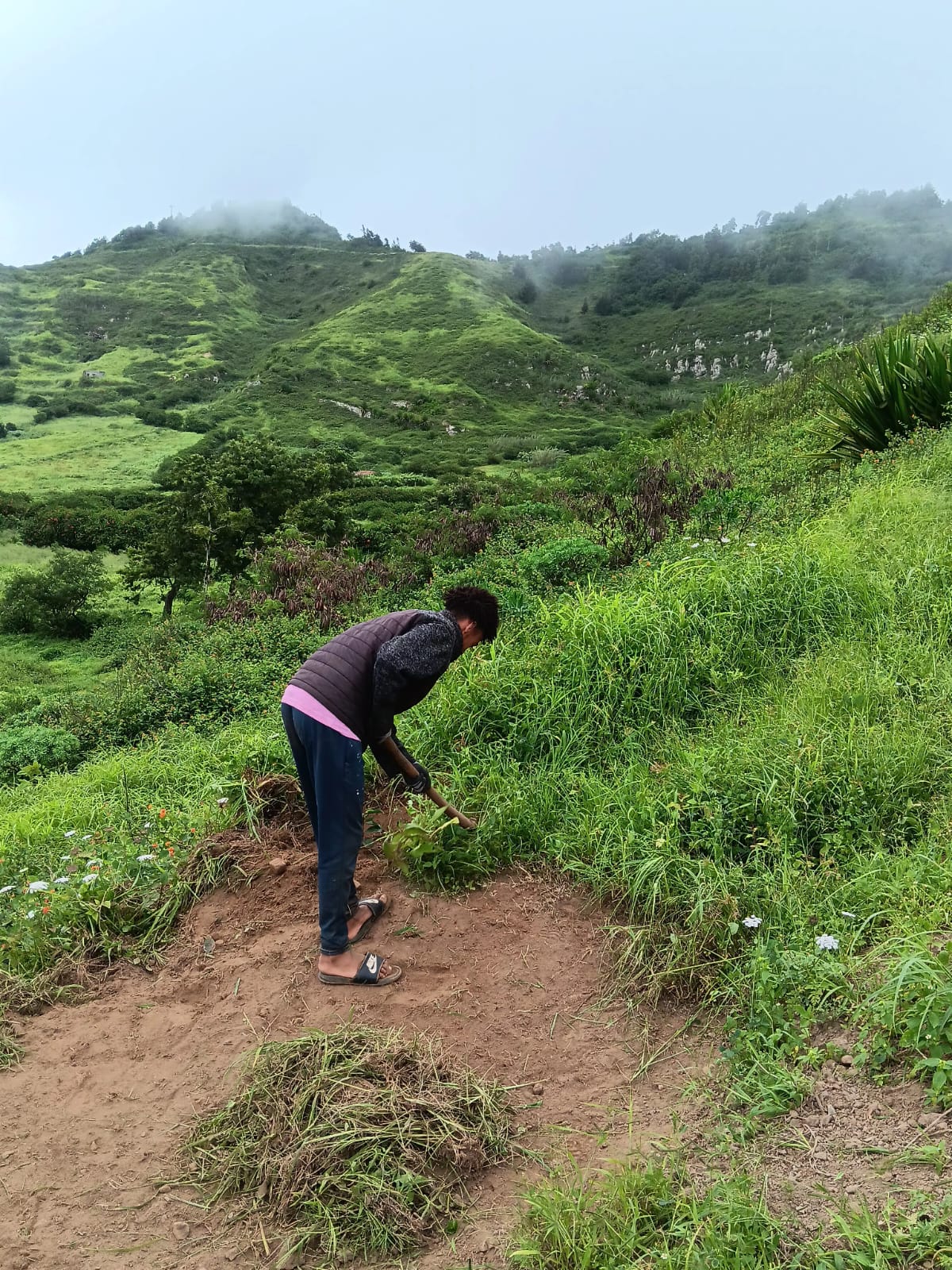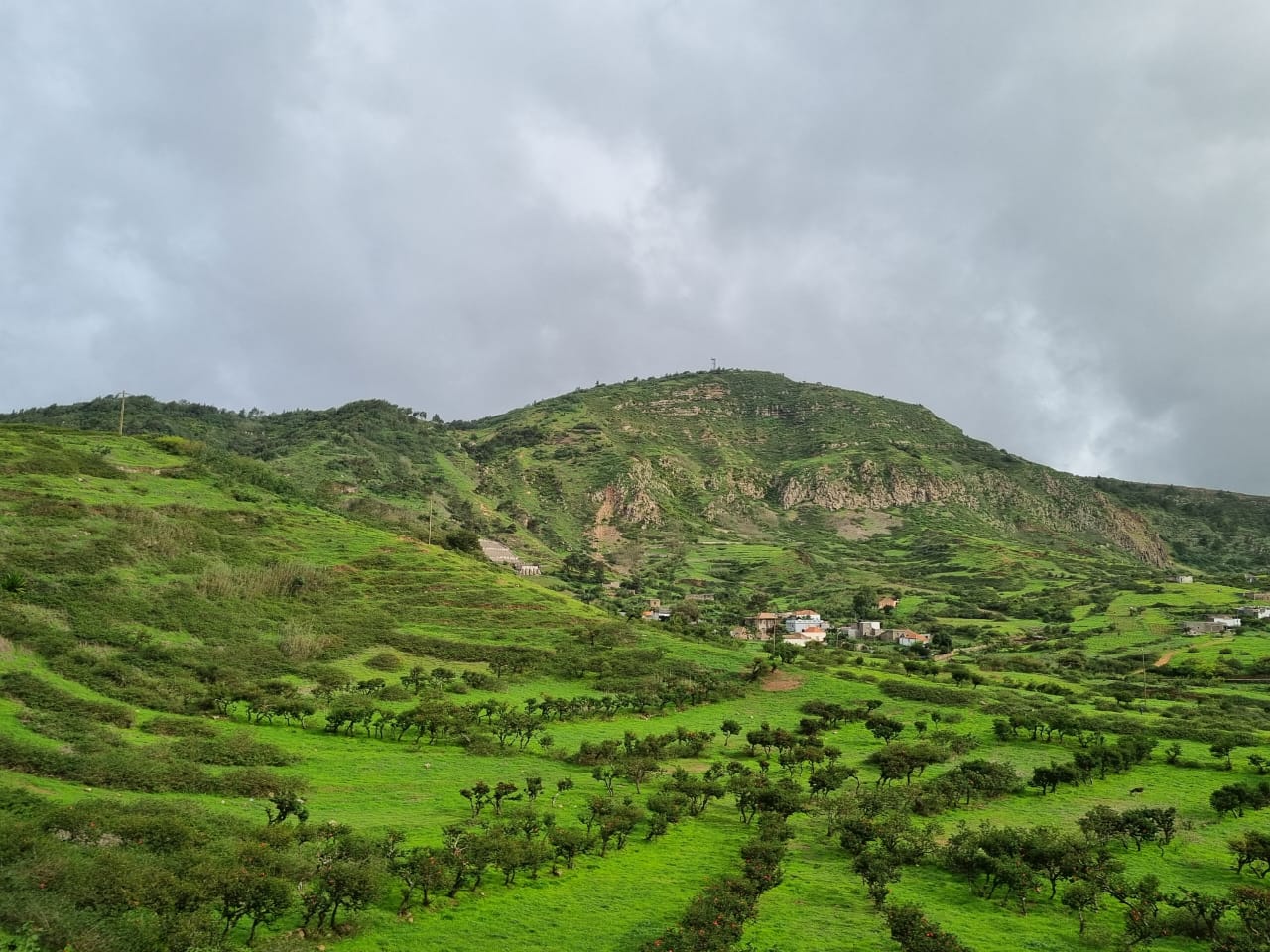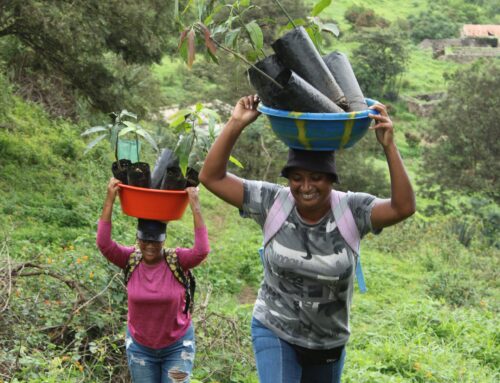In the cloud forests of Brava, Cabo Verde, community youth bend over thorny shrubs, pulling out these invasive plants that choke the native orchids and grasslands. Not far away, herders guide their cattle through cleared pastures, benefiting directly from the restoration work. These community members are inspired by an initiative that commenced thousands of kilometers away in India, where villagers and conservationists are wrestling with Lantana camara, an ornamental plant from Central America that has spread like wildfire, threatening forests, wildlife, and livelihoods alike. Yet in both places, these struggles are not just about removing a plant—they are about securing a future where people and ecosystems can coexist.
The interlinked planetary crises of climate change, pollution, and biodiversity loss are losing significant ground in the global political agenda. From the ground, it seems as though even environmental discourse and momentum are weakening, as urgent geopolitical and economic priorities push concrete action to the margins. Overseas development aid and conservation finance is shrinking, often creating conflict between actors and the North–South divide is widening. Conflicts, shifting power balances, and unsustainable development models in megadiverse countries continue to erode ecosystems at alarming speed.
Efforts to construct market mechanisms for biodiversity, such as Access and Benefit-Sharing (ABS) under the Convention on Biological Diversity, have largely failed to deliver. After three decades of negotiations, frameworks like the Nagoya Protocol have generated enormous transaction costs but little tangible progress for biodiversity or justice. Confusion persists, entrenched political positions stall progress and communities remain sidelined in processes that were meant to empower them. Likewise, ecotourism—once heralded as a win-win—often produces limited benefits when poorly designed, sometimes intensifying tensions with local people. Both ABS and ecotourism highlight the pitfalls of overrelying on market instruments to deliver justice and conservation at scale.
In many megadiverse regions, biodiversity thrives in rural landscapes, where they are managed and stewarded by local communities. Yet these very communities are under immense strain. Climate change, exploitative land regimes, the absence of meaningful employment opportunities and lack of adequate public services are driving a rural exodus that is becoming increasingly difficult to halt and reverse. As disillusioned young people leave in search of livelihoods elsewhere, the social fabric that sustains biodiversity management begins to fray. Securing the long-term conservation of ecosystems therefore requires addressing this exodus directly—through investments in sustainable rural development that make life in these areas viable, dignified, and attractive. Without such investments, biodiversity risks losing its most committed custodians.
Social Bioeconomies: The Way Forward?
In response to the limitations of conventional models, the conservation sector is beginning to explore new approaches that link biodiversity protection with local development. One of the most promising is the ‘socio-bioeconomy’. Although the traditional idea of bioeconomies is associated with large-scale sectors like bioenergy or biotechnology, it also includes smaller, emerging sectors that aim to reconcile ecosystem protection or restoration with development benefits for local communities. Socio-bioeconomies seek to bring development goals and biodiversity protection into alignment. They aim to create value from ecological stewardship itself. They tackle threats while simultaneously raising awareness, providing income, and generating cultural benefits.
One example of a social bioeconomy emerging strongly is invasive species management for conservation futures. In many ecosystems, the unchecked spread of species like Lantana camara, Prosopis juliflora and Opuntias undermines everything from wildlife habitat to water security. Experiences from India shows that invasive plant control is not just a side activity—it is a precondition for the survival of wildlife, the recovery of native forests, and the regeneration of wild endemic plants. For rural communities, removing invasive species can also restore the availability of pasture and fodder for domesticated cattle, directly supporting livelihoods while reinforcing coexistence between people and ecosystems.
Decades of research and community practice around Lantana camara management highlight both challenges and creative pivots: manual clearing to enable forest recovery, transforming the plant into artisanal products to provide new income streams, biochar production for carbon sequestration and soil regeneration, and even deploying it in innovative ways to reduce human–wildlife conflict. This layered approach demonstrates that tackling invasives can simultaneously strengthen biodiversity conservation and rural resilience.
These lessons have already begun to travel via South-South collaborations. Biflores has been adapting invasive species management strategies inspired by Indian practice to the island ecosystems of Brava. Here too, invasives are a primary threat to highly endangered native and endemic flora, and their control has proven essential for ecological restoration. Combining invasive species removal with sustainable grazing practices not only protects fragile cloud-forest habitats but also creates several rural jobs, reinforcing livelihoods and the ecological basis for small-scale pastoralism.
Together, these cases suggest that adaptation in conservation is happening at the intersection of ecological urgency and community ingenuity. Invasive species management, once seen as a technical afterthought, is becoming a strategic lever for biodiversity recovery, rural development, and climate adaptation.
Resource Flows for Efficiency and Equity
The promise of social bioeconomies will only be realized if resource flows are restructured. Conservation finance is often fragmented, top-down, species-focused and often inaccessible to the communities doing the most important work. Three reforms are essential:
- Resources for interdisciplinary research: Conservation challenges are as much social and economic as they are ecological. Economists, conservationists, policymakers, and civil society must collaborate to design strategies that encourage biodiversity-friendly behavior and create fair incentive systems.
- Resources for information sharing across contexts: Initiatives should not remain isolated. Platforms for exchange—south–south collaborations, regional hubs, practitioner networks—can accelerate learning and adaptation.
- Resources for local institutions for implementation: Local associations, cooperatives, and community institutions must be empowered to lead. Channeling funds directly to them and investing in building their capacity ensures efficiency, legitimacy, and accountability.
As the Institute for Sustainable Development and International Relations (IDDRI) has recently argued, social bioeconomies thrive when biodiversity use is kept within ecological and social limits, and when resilience is anchored in community engagement.
At the international level, stronger coordination is also needed. The imaginary that global justice will flow solely through biodiversity markets—whether ABS, PES, or carbon markets—must be questioned. These markets remain infinitesimally small relative to global capital flows. A more pragmatic path is to reallocate resources towards direct, equitable incentives for biodiversity conservation, and to amplify the voices of Indigenous peoples and local communities in shaping frameworks that affect them.
Towards Resilient Conservation
The conservation field cannot afford to wait for perfect global solutions, nor can it continue pretending that technological miracles will reconcile endless growth with ecological limits. The urgency of today’s crises requires us to think innovatively and promote solutions that are accessible, easily replicable at the regional scale and compatible with local ingenuity.
Social bioeconomies offer a promising pathway. They create value from ecological stewardship, integrate conservation into daily livelihoods, and encourage new imaginaries of what prosperity can mean. They also remind us that biodiversity conservation is not only a technical challenge, but a profoundly political one—requiring fairness, equity, and strong civic action.
In this moment of accelerating decline, conservation must meet the era with creativity, courage, and clarity. Building and supporting social bioeconomies may be one of the most pragmatic and visionary ways to do so.

